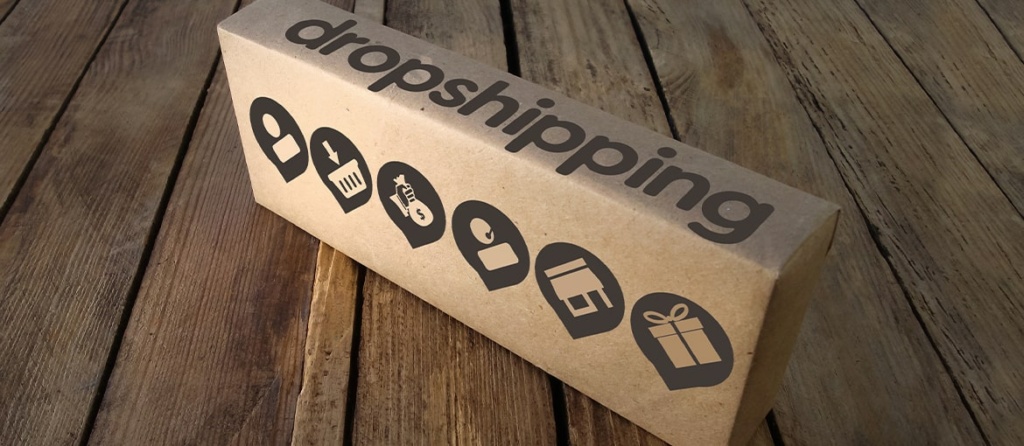Dropshipping: let’s find out
So many of our merchant clients, over time, have moved from the physical store to e-commerce, and some have chosen a sales method called dropshipping. What is it? How does it work? What advantages does it offer? How to find trusted suppliers?
Here we answer all the questions that might come to mind.
What does dropshipping mean and how is it done?
What is the meaning of dropshipping? Dropshipping is a sales model that originated in the United States that allows e-commerce owners to sell products online without having to first purchase and physically own them.
How, then, does the sales process work? The customer accesses the merchant’s shop and finalizes the order, this is forwarded directly to the supplier who prepares the goods and takes care of shipping. In this process, as you may have guessed, the merchant becomes a conduit between the two parties and no longer has to store, prepare and ship the goods. In fact, he does not even have to own them! All he needs to start his business is an e-commerce, a great supplier (but more on that later) and an effective marketing campaign to promote the products to be sold.
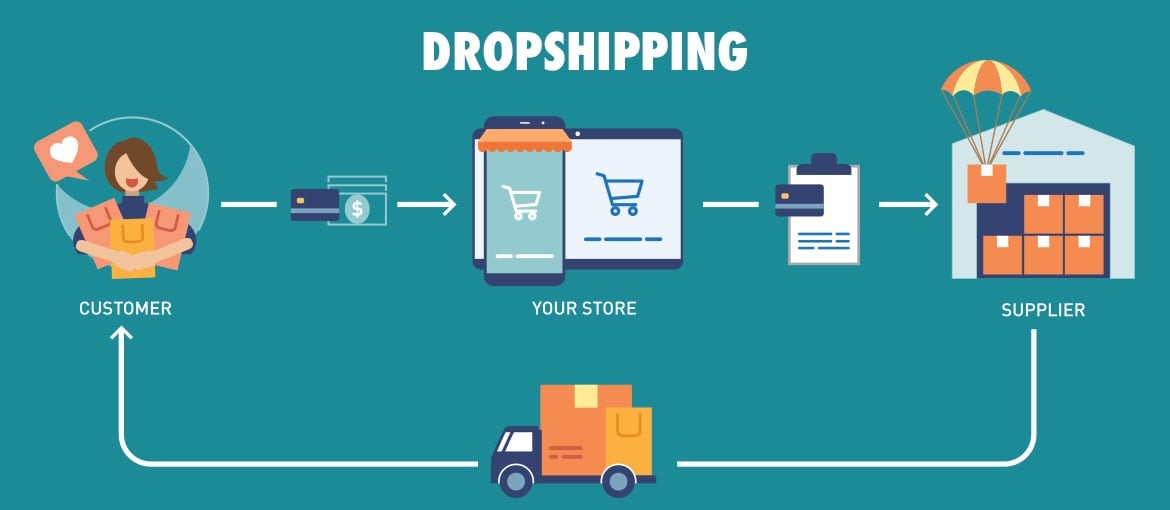
Business management is therefore much more streamlined than in traditional trading. More streamlined are also the costs to start the business. But let’s get a better idea of how to start using dropshipping in online sales.
What are the costs involved in starting a dropshipping business?
It is difficult, if not impossible, to answer this question precisely because there are so many variables that affect the initial investment. Here we gather the main cost items you will need to include in your business plan.

1.E-commerce cost.
The first costs to be incurred are really related to dropshipping e-commerce. Here you can choose between two paths: create your own site or lean on a marketplace – such as Amazon, eBay or Etsy. The advantages of this second option are twofold: you won’t incur any costs for setting up the e-commerce; you will be able to face a wide audience of possible buyers right away. The disadvantages? You’ll have to factor in listing fees (we’re talking a few cents) and the percentage of the sale price that the marketplace retains (it can be as high as 10 percent). In short: if you want to increase your profit margin and want to work on your brand personality so that you stand out from the competition, this is not your way.
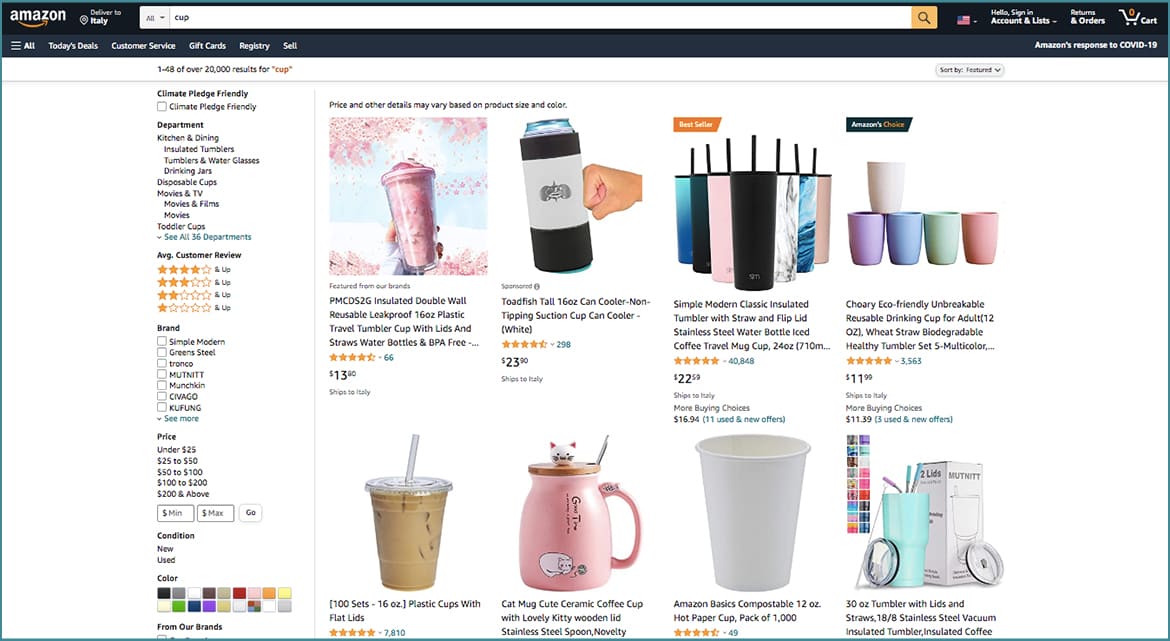
In case you opt to set up your own site, you can choose between:
- Turning to agencies or professionals involved in e-commerce development. This route, certainly more onerous, will allow you to create a more articulated site that meets all your needs and that you can customize in every aspect.
- Rely on services such as Shopify or WooCommerce that allow you to create an e-commerce quickly and easily.
Here are some examples of e-commerce made with Shopify – as you can see, there are customization possibilities here as well.
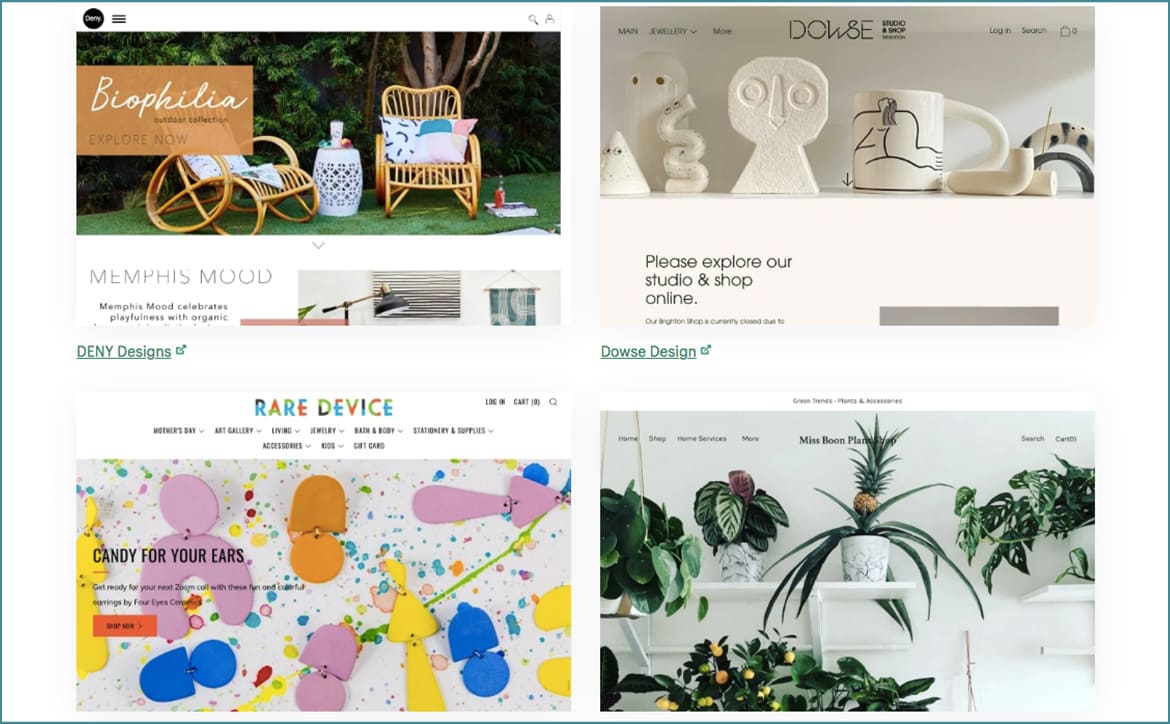
2.Cost of marketing
The second expense you need to include in your business plan is the cost for marketing activities, which we cannot estimate because it all depends on how you want to advertise your products-you can provide the campaigns yourself (if you have the skills) or turn to an agency.
3.Business start-up expenses
Finally, there are all those business start-up expenses, such as opening a VAT number, business licenses and the requirements of the country in which you operate. Be well informed!
Once the business plan is filled out, you will realize that the expenses to start the business are much lower than those required to start a traditional trade business. However, we would like to leave you with a small note: be wary of those who tell you that dropshipping is a low-cost business model that assures you high earnings with little effort. The truth is that, just like any other kind of business, it requires care and commitment, earnings are not always easy (and high), and you have to protect yourself from risks. But we discuss all this in the next section.
Pros and cons of dropshipping
Some advantages of dropshopping you may have already glimpsed them as we told you how it works, here we put them in order.
Pros of dropshipping:
- Reduced start-up costs.
- You don’t have to pay for goods up front – you only buy what you can sell and there is no risk of unsold goods.
- There is no warehouse to manage and maintain, as the logistics are in the hands of the supplier.
- You do not deal with shipping, since that is also handled by the supplier.
- You can work from wherever you want, as long as you have a computer and an Internet connection.
Put like that, it all sounds very convenient but… there is always a “but,” because this business model also has its disadvantages.
The cons of dropshipping
Profit: do your math right (and watch your margins)
The merchant’s profit is the difference between the selling price of a product and the cost of buying it from the supplier (to which must be added the expenses for maintaining the site and marketing activities). So, to earn enough you need to be able to identify suppliers with favorable prices and have lots of customers. It goes without saying that in the beginning you have to be very patient. Also consider that, very often, when a merchant buys dropshipping goods he or she faces a small markup; and therefore does not pay as if he or she were buying wholesale. This means that the profit margin gets thinner.
Suppliers: choose them with great care
Everything depends on them: product quality, good inventory management, availability of goods, punctuality of shipments. If even one of these aspects is lacking or is poorly managed, the merchant’s reputation is compromised. You must therefore choose your suppliers very carefully, as your earnings depend on them.
Dropshipping suppliers: tips for choosing well
So what are the characteristics to look for/avoid when choosing your supplier?
A correct and accurate dropshipper:
- guarantees you the highest quality products;
- allows you and your customers to track deliveries accurately and easily;
- adopts favorable return policies for customers so as not to dissuade them from buying.
Instead, avoid suppliers who:
- have no online reviews;
- have been operating for too short a time to offer impeccable service;
- work with unfamiliar couriers;
- have long delivery times;
- propose shipping costs that are too high – which may discourage purchasing.

How to choose a reliable dropshipping supplier?
That said, one question remains, the million-dollar question: how to choose a trusted supplier? The answer is: question the network. Check the supplier’s reputation on Trustpilot and the trustworthiness of its site on Scamadviser, so as to protect yourself from the risk of scams, then continue your investigation on search engines to compare prices with those of competitors. A word of advice: don’t rush and take your time to perform these checks. You are at the most delicate stage of your business!
Three interesting services to help you choose the best dropshipper
Taking all these caveats to heart, we still want to hand you the references of 3 services that can help you find your trusted supplier.
SaleHoo has a database of over 8,000 selected and verified wholesalers that you can draw on to search for products. SaleHoo also has a lab that does market research: its data is available to you and will help you keep abreast of trends, keep an eye on the competition, and figure out what is most profitable to sell. You can look up service fees here. Rating on Trustpilot: 4.8 out of 5 stars.
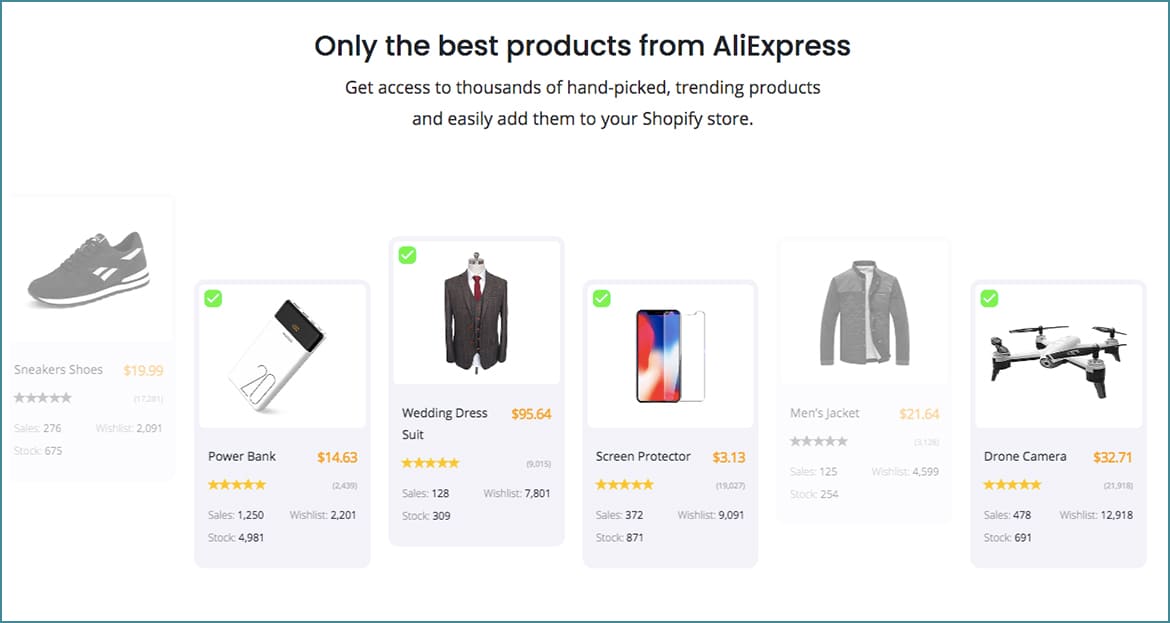
Wholesale2B is a service of Onlinestorebiz.com LLC, a company founded in 2004 that does software development with a focus on dropshipping. Today it works with over 100 dropshipping companies, so we can consider it a proven and reliable service, with a catalog that houses over a million products from selected suppliers. For more information, check out the pricing plans and included services. Rating on Trustpilot: 4.5 out of 5 stars.
Worldwide Brands is a platform that brings together certified suppliers and over 16 million wholesale products that come from all over the world. Having such a wide selection will help you compare products and prices to choose the most advantageous and competitive suppliers. You will also have at your disposal a support team that responds quickly. Subscription involves a one-time payment and lasts forever. Rated on Trustpilot: 4.9 out of 5 stars.
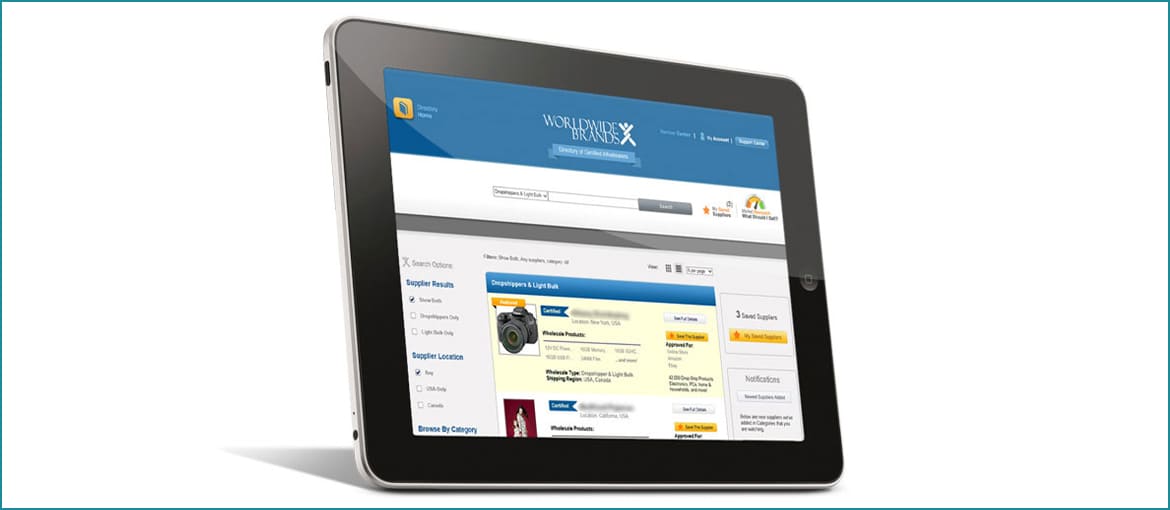
https://www.worldwidebrands.com/dropshipping/
Our reconnaissance tour inside dropshipping, inside its processes and tools, is over. Now begins, if you will, your real or, better yet, virtual business adventure. Good luck!

